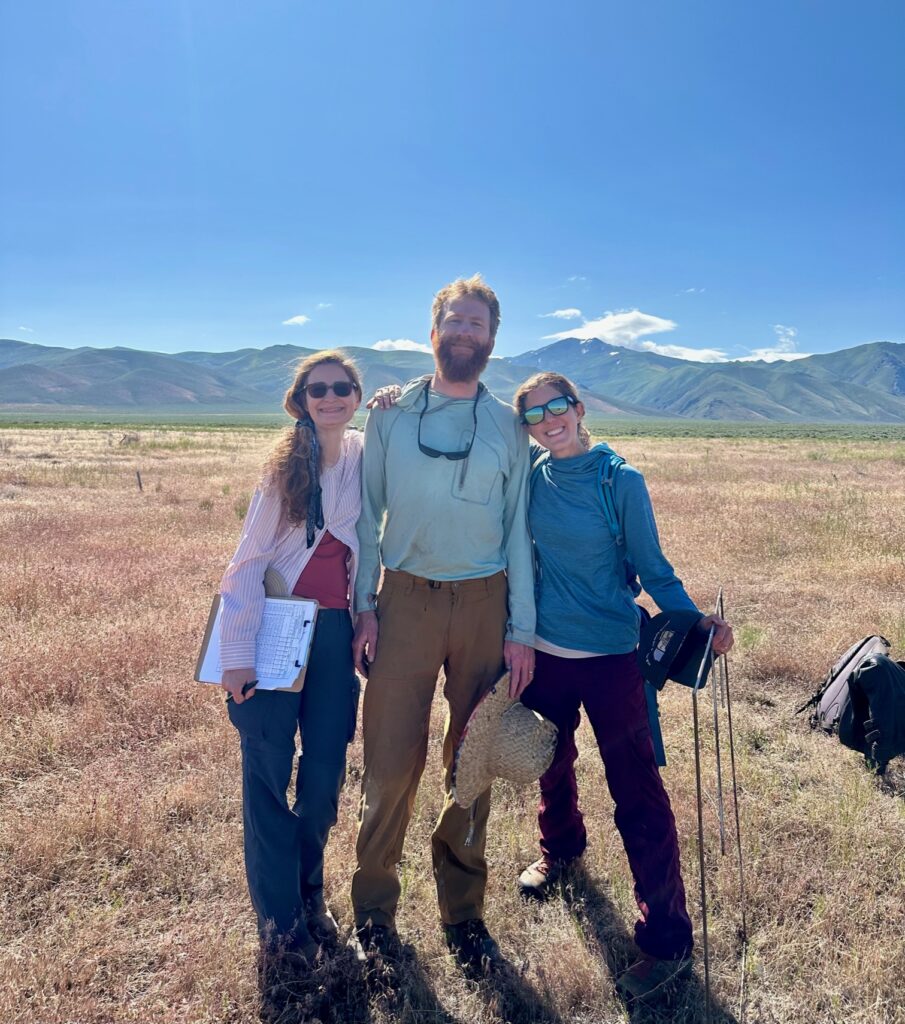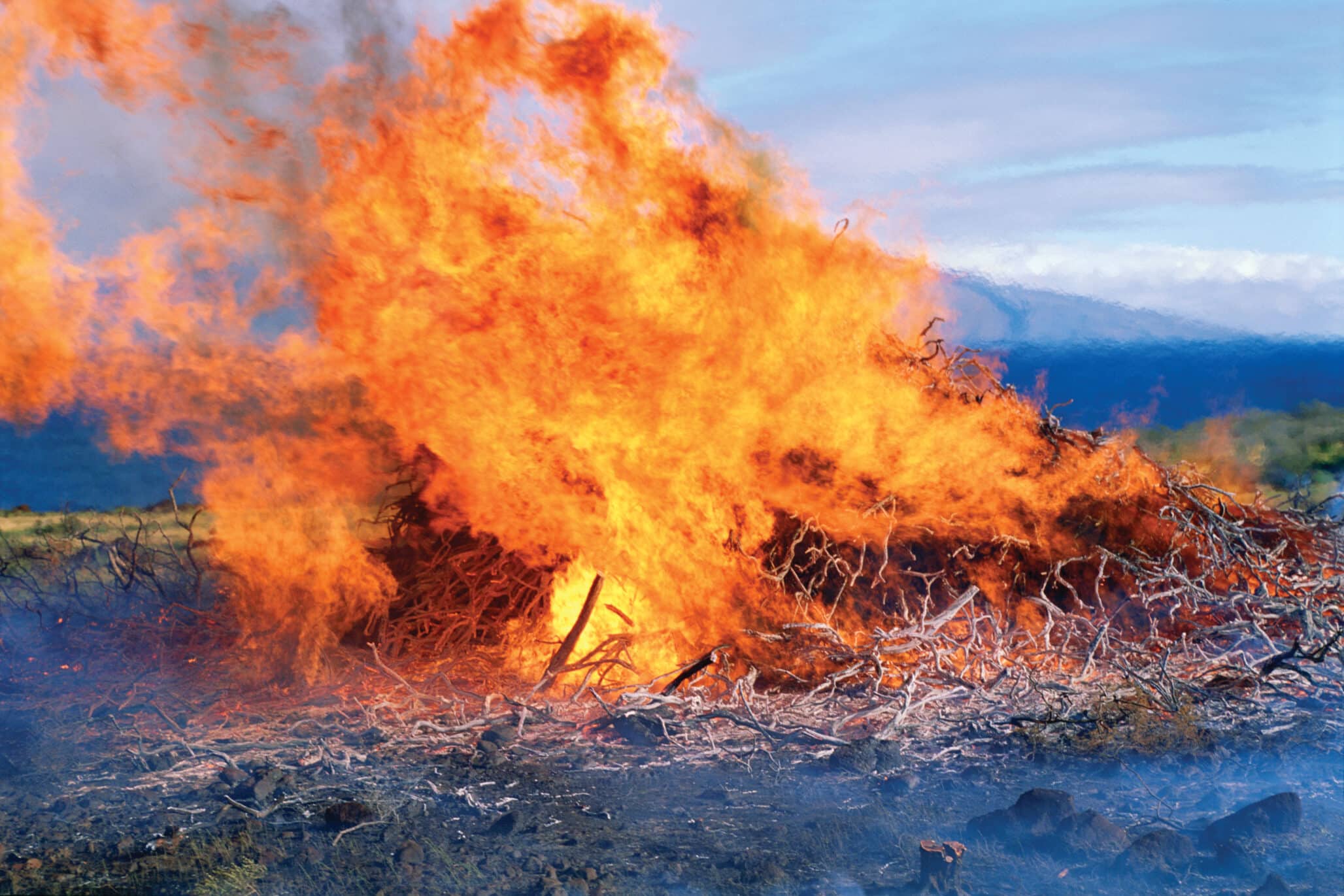Public agencies have a role to play in building, growing the supply.
The breadth and severity of wildfires have increased in recent years, with each year raising concerns that old records will be broken, and new records set.
Canada experienced its worst wildfire season on record in 2023, with fires raging from coast to coast, many in areas that have not experienced them for decades. In the U.S, wildfires scorched Maui, Hawaii and its historic town of Lahaina, killing dozens in a landscape that hadn’t evolved to cope with the destruction.
Common elements of prolonged dry conditions and human factors contributed to the spread, as well as wildland management practices that have typically focused on fire suppression rather than co-existence and management. But even in managed landscapes, where prescribed burns reduce the risk of quickly spreading, catastrophic fires becoming deadly interface fires, reclamation efforts are necessary to ensure vegetation grows back to create a healthier, more resilient landscape.
Traditionally, seed used for reclamation was a standard mix of grasses, mass-produced to fill orders from the Bureau of Land Management (BLM). BLM is the largest single buyer of seed in the Western Hemisphere, ordering 1.5 million pounds of seed for wildfire reclamation efforts in 2020 alone, according to estimates the National Academies of Sciences, Engineering, and Medicine published in January 2023.
However, mass production meant reseeding depended on seed that was neither adapted to the environment where it was sown nor the kind of species native to the location.
The National Academies report found that government agencies frequently substitute non-native varieties or native seeds sourced from climatically different environments when locally adapted seed isn’t available, at a rate of about 42%.
While the U.S. Department of the Interior and U.S. Department of Agriculture were charged in 2002 with developing a plan for a native seed supply, a succession of devastating wildfire seasons has dramatically increased demand. In 2002, the five-year average for wildfires was five million acres burned; in 2022, it was more than 7.6 million acres.
The demand coincides with rising interest and research into the advantages of locally adapted seed across horticultural sectors.

“We have lots of grass that can be planted all over the place, and now we’re working on forbs, and we also need things that flower in the spring,” says Beth Leger, University of Nevada-Reno Department of Biology researcher and foundation professor and a member of the committee that oversaw the National Academies’ report. “We’re really at a point where the market is developing in a more specialized way, which is an opportunity for local growers to provide that stuff that people really can’t get on the broad scale.”
Leger’s focus is plant populations rather than specific individuals within the population, a different focus from other horticultural sectors. Rather than focusing on developing plants for seeds that can be grown or eaten, she is focusing on cultivating seed to generate resilient plant communities.
“For restoration, the seed is not the final product. The final product is a plant that grows from that seed that can then maintain a population forever,” she explains. “The seed is really only the beginning, and so for that reason, we need to keep all of the variability we can.”
Leger and her colleagues have surveyed plant populations across thousands of square miles, identifying those which are best at establishing in challenging environments and outcompeting weeds and other interlopers.
“I’ll find a population where most of them do this but there’s still variability in there, because the reality is every year is different,” she says. “We have planted a bunch of populations from all over the place in some really challenging, realistic restoration conditions, and we have found some above average… populations that do really well.”
Some of those are being planted at BFI Native Seeds in Moses Lake, Washington. Cooperators there will collect and return the seed to Leger for distribution to growers in the Great Basin who will scale up production under local conditions.
Using seed mixes that include native forbs and wildflowers rather than relying on grasses is important for several reasons. While grasses can establish quickly, research indicates that they can reduce fire return intervals in traditional sagebrush ecosystems from 30 to 100-plus years to 5 to 15 years. Repeated burns mean less chance of native ecosystems recovering.
Grasses are also not necessarily the first or best species that take root in natural succession scenarios. Wildflowers and other flowering plants often thrive because of their different root systems, in turn attracting and supporting pollinators that contribute to the overall health and diversity of the renewing landscape.
Research a decade ago at the University of California-Davis has also shown that wildflowers have the traits required to withstand drought, banking seed underground when conditions aren’t favorable for establishment. Seed production continues even when it declines for grasses, allowing them to spring to life when the right conditions return. Seed banking also allows them to burst forth after wildfires, kickstarting the renewal process.
This is critical in grassland habitats where larger perennials may not thrive as well as in fire-ravaged forests, where they naturally give way to larger species as part of seral succession.
“A lot of the front-end research right now is pointing to local genetics for restoration work, and it’s backing up what we always thought was why these things survive the long-term where they do,” says Ed Kleiner, founder of Comstock Seed LLC in Gardnerville, Nevada (now part of the S&S Seeds, acquired by Heartwood Partners LLC of Connecticut in March 2023). “They may not be the strongest, essentially, at the beginning, but with some time and some good effort with what you put down on the ground, the persistence is there.”
The demand is coming not just from the BLM but utilities that are cutting rights of way for new green generating systems as well as for riparian management and erosion control.
“We’re cleaning up the mountainsides plus fixing up the watersheds to help keep the lake blue,” Kleiner said of Comstock’s work at Lake Tahoe. “The markets never end.”
A lack of information is hampering market development, however. Solid estimates of demand for seed for reclamation and conservation purposes are on the American Seed Trade Association’s wish list.
Growers have capacity, according to the National Academies report, but better communication is needed to help them meet the requirements of the BLM and other federal agencies to be more proactive at anticipating seed demand. Leger says agencies could plan to stock seeds for the areas that burn the most to ensure they have seed on hand when they’re needed, rather than placing orders afterwards.
“The BLM tends to be very reactive. They seed in response to emergencies, and they don’t know when those emergencies are going to happen,” she says.
The National Academies say new federal programs designed to support wildfire recovery are a starting point for anticipating future demand.
“With new federal resources for restoration, federal and state agencies should plan restoration projects on a five-year basis, ensure that stock seed has been made available to suppliers, and set annual purchase targets for the collection and acquisition of needed ecotypes of native plant species,” the reports states as part of 10 recommendations for improving access to native seeds. “Public-sector buyers of native seed should amend their policies to enable contracting for purchases before the seed production cycle begins. Forward contracting, in which the buyer agrees to purchase specific seed at a future date, reduces grower risk by ensuring them a market.”










